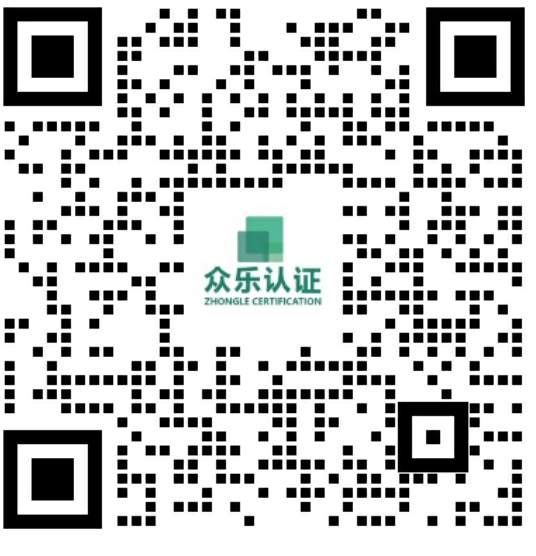1、What is the USB4 ™?
The USB4 ™, fully called Universal Serial Bus Generation 4, is the latest standard for USB interface technology. Since the launch of USB 1.0 in 1996, the USB interface has undergone several major evolutions, from the initial low speed of 1.5 Mbps and 12Mbps to higher transmission rates such as 480Mbps, 5 Gbps, 10 Gbps and 20 Gbps. In September 2019, the USB4 ™ specification was officially released, supporting 20 Gbps and 40 Gbps transmission rates, marking a new era of USB technology. The evolution of the USB interface and its corresponding logo are as shown in chart 1.

2、USB4 ™ function has 3 key points
1)Only the USB Type-C connector is supported. USB4 ™ signals adopt dual-channel transmission. In the past, connectors such as USB Type-A or Micro-B only supported single-channel transmission and cannot support USB4 ™.
2)Supports up to 40 Gbps transmission rate and simultaneous DisplayPort audio. Aiming to combine multiple protocols into a single physical interface that can dynamically share the overall speed and performance of the USB4 ™ architecture.
3)Downward compatible with USB 2.0 and USB 3.2 and with Thunderbolt 3 support.
3、3 priorities on the USB4 ™ architecture
The main components of USB4 ™ are Router (router), Adapter (adapter), and TMU (Time Management Unit, Time management unit).
1)Router Is a major construction module of USB4 ™. Router converts the tunnel protocol into USB4 packet transmission and performs time synchronization through TMU. It is mainly detected and managed by the Connection Manager built in the USB Host.
2)Adapter Is built in the Router, the main function for the Router and external components communication medium, protocol conversion. For example, USB4 Host transmits USB3 data (as shown below), and it is packaged into USB4 Tunneled Packet by internal USB3 Host through USB3 Adapter. A single Router can support up to 64 Adapter internally.
3)The TMU is built into the Router, using the distributed time management unit (TMU), to synchronize the time between the Router.
4、The USB4 ™ is divided into five categories according to the functional hierarchy
1)Protocol Adapter Layer: Responsible for the correspondence between USB4 and different protocols, and packaging different protocols into Tunneled Packet transmission in the USB4 interface.
2)Configuration Layer: Responsible for processing the Control Packets transmitted by the Connection manager, and attaching the corresponding address (address) in the path to ensure its reliable transmission mechanism.
3)Transport Layer: Define packet format, path, flow control and timing control, and generate link management Packets to provide time synchronization packet packet, flow control packet, etc.
4)Logical Layer: Responsible for establishing USB4 links between the two devices, providing data transmission and receiving, coding and decoding, power management, error detection and recovery mechanism, and conducting channel initialization communication through Sideband Channel, including speed and dual-channel communication.
5)Electrical Layer: Define the characteristics of USB4 electrical signals, such as voltage, jitter, coding, etc.

As shown in the figure below, take USB3 Tunneling as an example, USB4 Host transmits USB3 Protocol from USB4 Transport Layer, USB4 Logic Layer, USB4 Electrical Layer to USB4 Link to USB4 Hub Electrical Layer through USB3 Protocol Adaptor. Make a series of USB3 / USB4 conversion in the sequence below to transmit the signal to USB4 Device.

5、USB3, the tunnel agreement
The USB4 ™ supports a variety of tunneling protocols, including PCIe, USB3, and DisplayPort. This is only on the USB3 tunnel protocol. USB3 tunnel protocol refers to the original USB3 package into Tunneled package through Protocol Adapter Layer. It can be clearly known from the following pictures that the red part is the package of USB3 and the blue part is Tunneled package, and Physical Layer will be used between UFP and DFP.
Note:
UFP: Upstream Facing Port,DFP: Downstream Facing Port

6、There are 4 types of products for the USB4 ™
1.USB4 ™ Host: The product has more than one DFP. Without any UFP.
2.USB4 ™ Hub: The product has one UFP and has one or more DFPs.
3.USB4-Based Dock: The product has one UFP and one or more DFP's, and other device functions within the product, such as storage or network functions.
4.USB4 ™Device: The product has a UFP without any DFP.
Note:
UFP:Upstream Facing Port,DFP:Downstream Facing Port

7、Tunnel protocol supported by USB4 ™
According to the specifications, there are different requirements for the Host / Hub / Dock / Device tunnel protocol, as shown in the figure below. "V" is necessary support, and the rest is optional support or not.
For example, USB Host must support USB3, DisplayPort and Host-to-Host Tunneling, and can not support PCI Express and TBT3 Tunneling.

8、USB transmission rate supported by 4 ™
The USB4 ™ supports two main transmission rates: 20 Gbps for USB4 Gen2 and 40 Gbps for USB4 Gen3. For both USB4 Hub and USB4 Dock, both rates must be supported. While for USB4 Host and USB4 Device, although only 20 Gbps can be supported, the rate of 40 Gbps is also recommended as additional support to meet the requirements of higher performance.

9、sum up
The launch of USB4 ™ technology marks a new era of USB interface. Its transmission rates of up to 40 Gbps, dynamic bandwidth allocation capabilities, and extensive compatibility make it ideal for future device connectivity. For consumers, USB4 ™ provides a more efficient and convenient connectivity solution; for equipment manufacturers, the development of USB4 ™ needs to overcome technical challenges such as high-frequency signal design. With the adoption of USB4 ™ technology, there have reason to believe that it will become the mainstream connectivity standard in the next few years, driving consumer electronics, high-performance computing and multimedia devices.
Tel:13417442373 (Skype)
E-mail:finny.zhou@zhongletest.com




